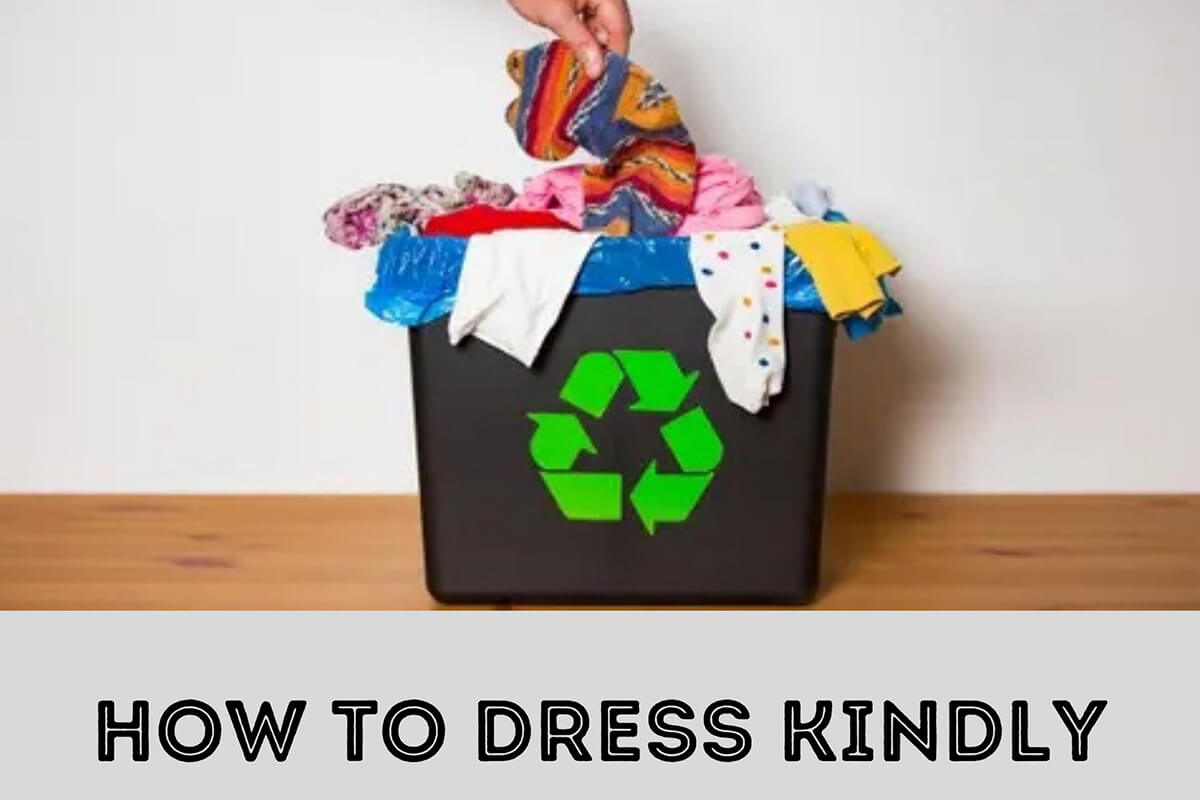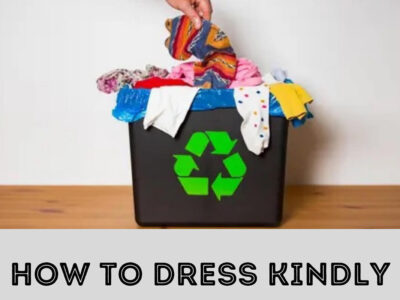Other than designing and showcasing the clothes, fashion industry is all about materials such as fabrics, yarns and accessories. There are so many material options to use for any kind of clothing as the fashion industry got engaged with science and technology related industries such as physics, biology and chemistry recently. This helped people to create synthetic and unique fibers and sources other than the natural ones. This is great way to produce more affordable and durable clothes and also slightly decreased the animal exploitation. This sounds like a great development at first but with time it started to hurt the planet. Because unlike the natural fibers, human made fibers don’t decompose as easy, fast and kind.
Right now we have the opportunity to produce fibers that can work pretty different than the natural ones. Some of these fibers are used to make alternatives for the natural fabrics, they are more affordable and durable. For example acrylic can be used as an alternative for wool and polyester is an alternative for silk. This has a good side of course, for instance acrylic is lighter than wool and absorbs less water and polyester definitely made it cheaper to wear elegant fabrics such as sateen, organza or taffeta. And sometimes we use those human made fibers (or materials) to create fabrics that we can never produce with natural fibers as they work in different ways such as vegan leather, vinyl or scuba fabric and even lace!
The evil side of those fibers and materials is, they might not be biodegradable and sometimes they can not even be recycled. But of course, in this modern world we can not give up using those fibers and materials because they are everywhere and as most fabric and clothing manufacturers use these as their main source, usually it is difficult to find natural sourced alternatives. It’s always easier to find a raincoat made with vinyl, polyester or polyurethane than a %100 cotton one. And a friendly reminder, a %100 cotton raincoat would be extremely wet and less durable to wear!
But of course, we can always seek for the clothes that are more kind to the planet. There are some easier and individually possible options such as thrift shopping or upcycling but it’s important to know more about the materials, this will help you to be an environmentally conscious customer. So here are some tips that you should remember when you go to shopping next time!
Polyester, acrylic and nylon are some of the most well known non-biodegradable fibers which means they take up to 200 years to break down if they are put into the landfill and these fibers are made from petroleum which is one of the most polluting material. The production process also requires so much water and involves highly toxic materials that threaten the human and planet health. Therefore, the fabrics may release microplastics while using and washing.

But even though they are non-renewable sources, there are some ways to recycle and reuse these materials. For instance, some synthetic fabrics are recycled from old clothes and some of them are recycled from plastic bottles, bags, fishing nets and many of the other objects that were made from petroleum. The process of recycling is usually pretty basic; the old synthetic fabrics or objects get shredded, melted and spun into fibers to make new fabrics.
Never forget that natural fibers are not always innocent, too. Even though they are mostly very easy to decompose, the production of these natural fibers can be pretty harmful to the environment. For example it requires up to 20.000 liters water to produce one cotton shirt or a pair of jeans and when you add up the chemicals that were used to grow the cotton, it’s very harmful for the planet. Likewise, rayon fabrics are made by dissolving cellulose into a chemical solution and then spinning it into threads; this is a highly toxic process for the factory workers and the environment. Rayon manufacturing also is an undeniable reason of deforestation.

On the other hand, recycled cotton is a great alternative! Moreover, organically derived fibers such as cotton, hemp and linen are definitely some eco friendly options. Tencel is a relatively new fiber that is made from tree pulp and even though its production process is pretty similar to rayon, it requires less water and recyclable solvents. The great news is fabric manufacturers and developers are working on many new and eco friendly fibers such as vegan leather made from pineapple!
One more thing to keep in mind is natural fibers that are sourced from animals are also pretty harmful for the environment. Because those animals are never raised only for their fur or wool; in order to fulfill the demand, more than 10 times of animals are raised every year and this leads to 10 times more plant and water consumption and also deforestation as it requires so much space. It also ruins the ecological balance of our planet.
Note down that the most environmentally friendly synthetic and natural fabrics would be the ones made with one fiber such as %100 polyester or %100 cotton, because if two or more fibers are mixed, it’s almost impossible to recycle.
Also take into consideration that regardless of the source of the fibers, the fabric dyes and finishings (used for water repellence, flame resistance, etc) play a very important role when it comes to eco friendly clothing. Naturally derived and organic dyes and finishings are always better than the synthetic and non-biodegradable ones because the chemicals used in dyes definitely pollute the planet and are toxic for human health.
Of course most of these information are not written on the clothes’ tags but you can learn how your clothes are made and what materials were used and how to recycle by calling or emailing to the brands, designers and fabric manufacturers. Always remember that it is your right to know more about the products that you use. This will also help those companies to realize that they should be careful about their products being eco friendly.

Soo, for now bye byes fashion-pies!!!
Göksu Güneylioğlu
“Fashion needs revolution so here we go!”
References: www.tedresearch.net/media/files/Polyester_Recycling.pdf
www.tradegroup.com/resources/blog/recycling-your-trade-show-fabrics/
www.eco-stylist.com/a-guide-to-the-most-and-least-sustainable-fabrics/
www.ortohispania.com/bamboo-fabric/
www.greenmatters.com/p/how-fabric-gets-recycled
news.kgnu.org/2018/11/challenges-and-opportunities-in-recycling-textiles/





